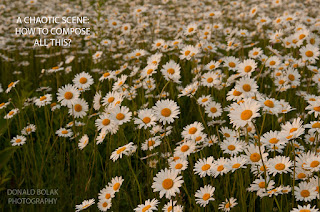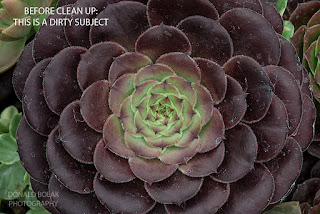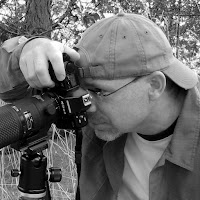As photographers, we can't wait
for the day that we can pack up the car or jump on a plane to take our next big photo
adventure. But we live near one of the greatest cities in the world for photography! Chicago offers
opportunities for street photography, architectural photography, and cityscape
photography. You can decide at 3pm that you want to get out to shoot and you'll
be shooting great stuff all evening. Here are some of my favorite places to
shoot in Chicago.
The Best Interiors
 Chicago's churches, museums, and
universities in Chicago offer a wealth of amazing interiors. My favorite churches are St. Mary
of the Angels, Holy Name Cathedral, and Rockefeller Chapel. The best museums to photograph
are the Museum of Contemporary Art and the Chicago Art Institute. The staircase at the
Museum of Contemporary Art is a destination on its own. You can also have a great day shooting at
either the Shedd Aquarium or the Museum of Science and Industry. Head to the University
of Chicago for a day of great interiors and architecture.
Chicago's churches, museums, and
universities in Chicago offer a wealth of amazing interiors. My favorite churches are St. Mary
of the Angels, Holy Name Cathedral, and Rockefeller Chapel. The best museums to photograph
are the Museum of Contemporary Art and the Chicago Art Institute. The staircase at the
Museum of Contemporary Art is a destination on its own. You can also have a great day shooting at
either the Shedd Aquarium or the Museum of Science and Industry. Head to the University
of Chicago for a day of great interiors and architecture.
If you are a landscape
photographer, have you tried shooting cityscapes? The techniques are the same. The equipment is the
same. And you can get stunning results in Chicago. The Hancock Building and North Avenue
Beach are my favorite places to shoot the city. Adler Planetarium gives you the best
view of the city, but it's not easy to get a unique shot. Just like with landscape
photography, you'll get your best shots at the edges of the day. Plan your trip to be there at dawn or
dusk. I prefer to go for sunset because then I can keep shooting into the night.
Architecture
 This is where Chicago beats every
other city in the world. Head down to the Loop to surround yourself with fantastic
buildings. Wander the Riverwalk to shoot Marina Towers, Trump Tower, and others. If you've never shot
architecture, this is the place to do it. When shooting architecture, avoid
photographing the entire building. This is the view that everyone has of a building.
Instead, concentrate on one part of the building. Look for an interesting pattern or shape, or
unique point of view. By looking at the building in a different way, you make
the image your art, not just the work of the architect.
This is where Chicago beats every
other city in the world. Head down to the Loop to surround yourself with fantastic
buildings. Wander the Riverwalk to shoot Marina Towers, Trump Tower, and others. If you've never shot
architecture, this is the place to do it. When shooting architecture, avoid
photographing the entire building. This is the view that everyone has of a building.
Instead, concentrate on one part of the building. Look for an interesting pattern or shape, or
unique point of view. By looking at the building in a different way, you make
the image your art, not just the work of the architect.
Street
photography
If you are looking to photograph
people in the city, the best places are the Loop, Wicker Park, and Pilsen. My favorite is the
Loop because you can also shoot the phenomenal architecture while you're there. Find the
perfect background and wait for your subject to walk into it!
In my CAPS presentation,
Photographing Chicago, I will go in-depth about my favorite places to shoot in Chicago and give tips
for getting great shots. I am squeezing everything I know and love about photographing Chicago
into one 90-minute session. I'll tell you where you can use your tripod and where security
will chase you away as fast as possible. I'll also give some tips for shooting Chicago at night. I
hope to see you there!
 Chris Smith is
the founder of Out of Chicago Photography and the Out of Chicago Photography Conference. He
is the author of "The Photographer’s Guide to Chicago" and host of
the Out of Chicago Podcast.
Chris specializes in photographing Chicago at night. By day, Chris is a high school physics
teacher and lives with his wife and two kids in the Chicago suburbs. Follow Out of Chicago at
Out of Chicago Photography | The Chicago
Photo Experience (outofchicago.com)
Chris Smith is
the founder of Out of Chicago Photography and the Out of Chicago Photography Conference. He
is the author of "The Photographer’s Guide to Chicago" and host of
the Out of Chicago Podcast.
Chris specializes in photographing Chicago at night. By day, Chris is a high school physics
teacher and lives with his wife and two kids in the Chicago suburbs. Follow Out of Chicago at
Out of Chicago Photography | The Chicago
Photo Experience (outofchicago.com)
Out of Chicago
will be at the CAPS conference and is offering CAPS specials on upcoming Out of Chicago events.











































